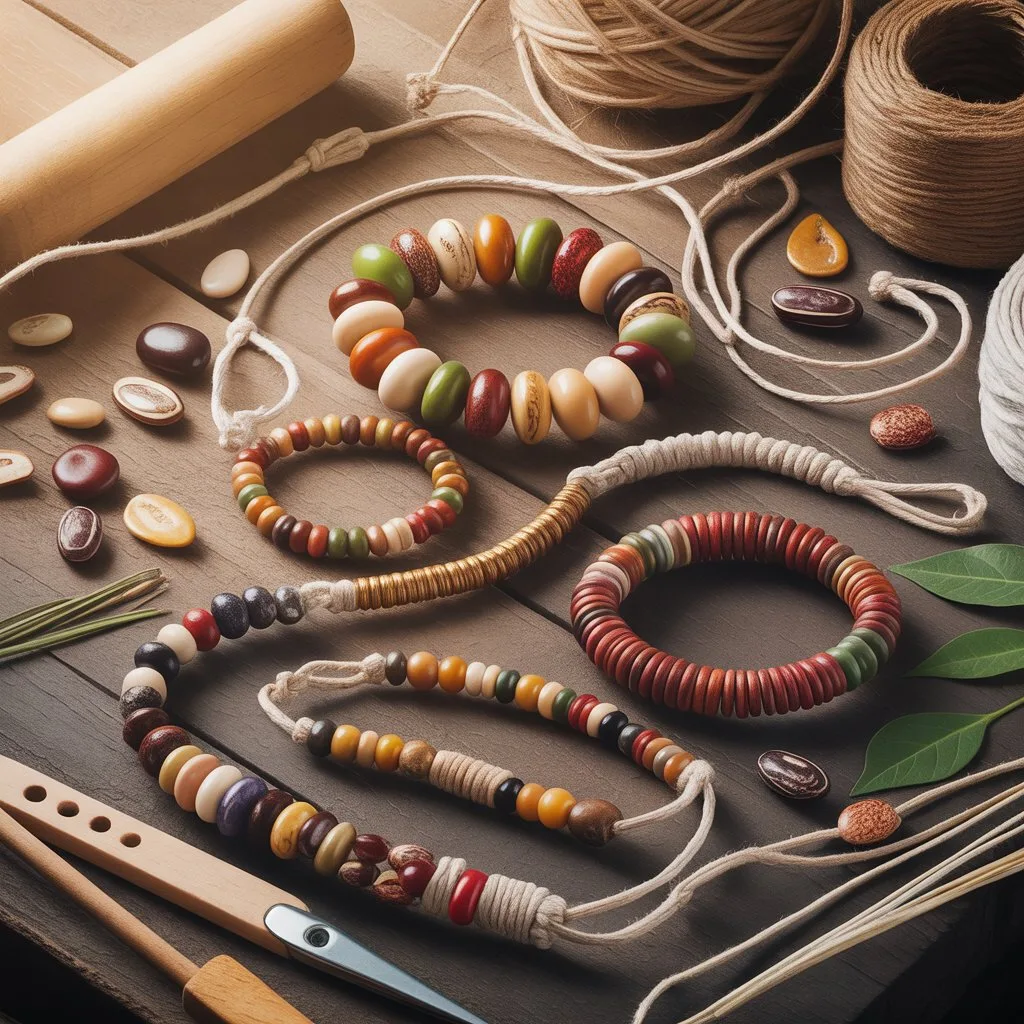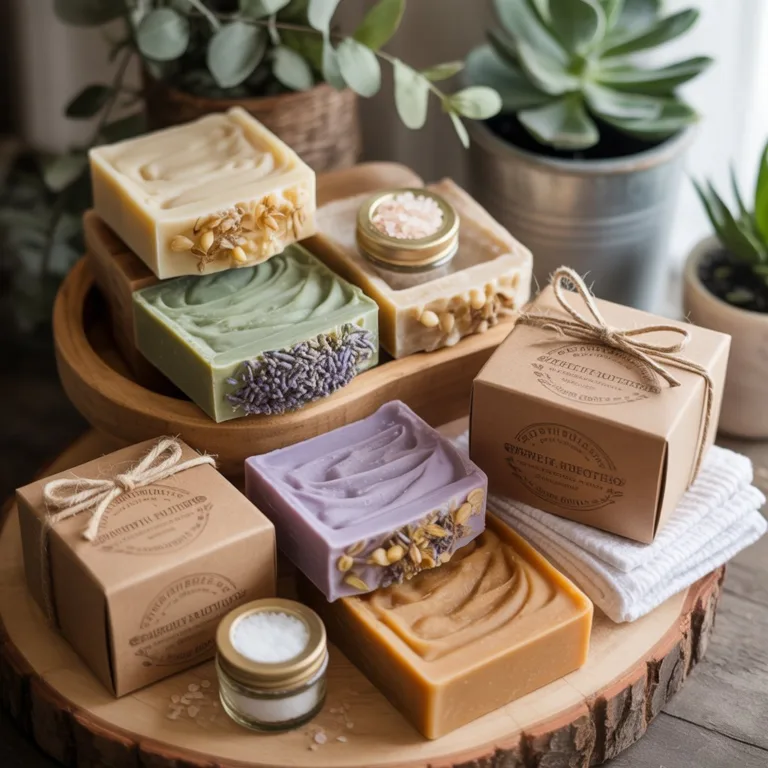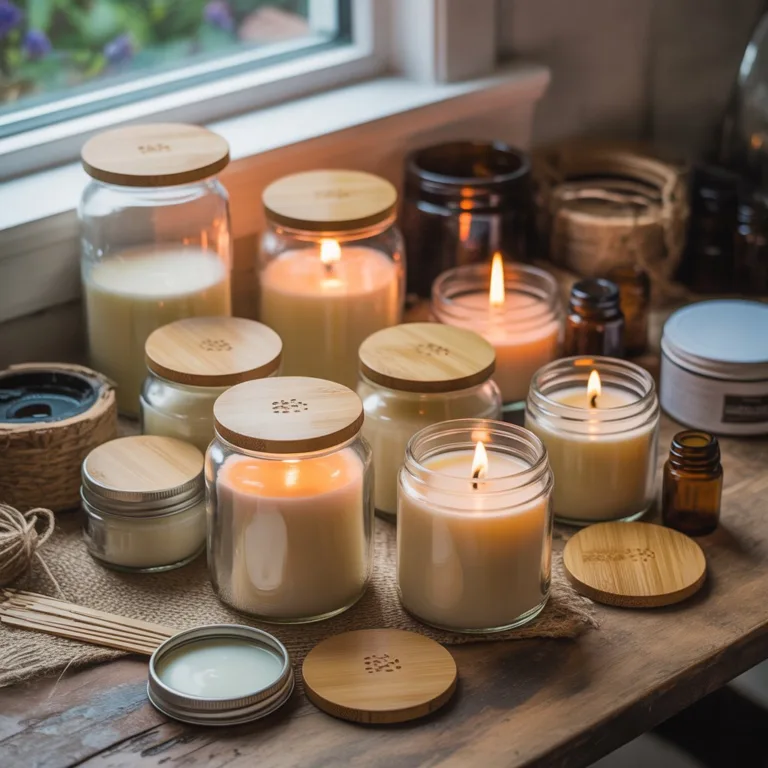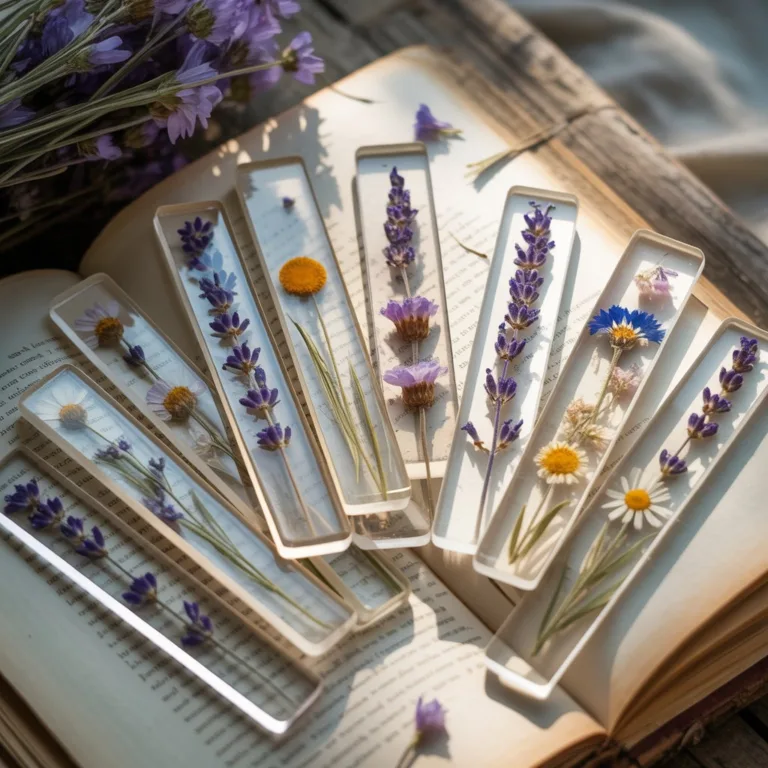Creating jewelry from natural materials has a special kind of charm. It connects the maker to the earth, transforms organic elements into wearable art, and promotes a mindful, sustainable way of living. Making eco bracelets from seeds and fiber is a creative way to blend craftsmanship with environmental consciousness. These bracelets not only look beautiful but also carry stories of nature’s cycles — from seeds that once promised new life to fibers sourced responsibly from plants.

This eco-friendly activity is ideal for anyone who enjoys do-it-yourself crafts, sustainable fashion, or educational projects that inspire awareness about the environment. With a little creativity and patience, you can turn simple natural materials into unique accessories that express individuality and respect for the planet.
The Meaning Behind Eco Bracelets
An eco bracelet made from seeds and natural fibers goes beyond decoration. It represents balance between humans and nature. Each seed has its own texture, color, and shape, while each fiber adds its own personality to the design. These elements, combined by hand, celebrate sustainability and the beauty of imperfection.
Unlike synthetic jewelry, which often relies on plastics or metals with a heavy environmental footprint, seed and fiber bracelets use renewable materials that decompose naturally. They remind us that fashion can coexist with ecological responsibility.
Wearing or gifting such jewelry also spreads awareness. A bracelet made from natural materials often sparks conversations about conservation, recycling, and cultural traditions tied to handcrafted art.
Understanding the Materials
To make eco bracelets from seeds and fiber, it’s important to know your materials. Each component — from the seed to the string — plays a role in the bracelet’s look, strength, and sustainability.
Seeds
Seeds are the star of this craft. They come in countless varieties, shapes, and colors. Some of the most commonly used types include:
- Açaí seeds: Popular in Amazonian crafts, these small, round seeds have a smooth surface and can be polished or dyed.
- Jarina (vegetable ivory): Known as “nature’s ivory,” it’s a hard, white seed from a palm tree that can be carved like bone.
- Pau-brasil and tucum seeds: Often used in traditional Brazilian jewelry for their rich hues and resilience.
- Job’s tears (coix seeds): Naturally hollow, making them easy to string without drilling.
When collecting seeds, make sure they are fully dried. Fresh seeds can rot or attract pests. If you buy them, choose suppliers who source responsibly — ideally using seeds that are byproducts of other sustainable activities.
Natural Fibers
The thread or cord holding the seeds together defines both the style and durability of your bracelet. You can choose from several plant-based fibers:
- Cotton: Soft, easy to handle, and biodegradable.
- Hemp: Strong and rustic, ideal for durable, eco-conscious designs.
- Jute: Coarse and earthy, perfect for larger or decorative pieces.
- Sisal or raffia: Adds texture and organic flair to the bracelet.
You can also use fiber blends or recycled materials, such as yarn made from upcycled clothing or natural twine from packaging.
Preparing Seeds for Crafting
Before you can work with seeds, some preparation is necessary to ensure they are clean, durable, and safe to wear.
Start by soaking the seeds in warm water for several hours to soften any remaining pulp or dirt. Once clean, let them dry completely in the sun.
If the seeds aren’t naturally hollow, you’ll need to drill small holes through them for stringing. A small hand drill or fine needle tool works best. Always wear protective gloves and secure the seed while drilling to prevent injury.
After drilling, you can polish the seeds with natural oil — like coconut or linseed oil — to bring out their natural shine. Avoid chemical varnishes that could compromise the bracelet’s eco-friendly nature.
Designing Your Bracelet
Design is where creativity takes over. You can make your bracelet minimalist, colorful, or symbolic depending on your preference.
Think about:
- Color: Mix natural seed tones with dyed ones for contrast.
- Texture: Combine smooth seeds with rougher ones for variety.
- Pattern: Alternate large and small seeds or repeat symmetrical designs.
- Meaning: Some crafters assign symbolic value to each seed — such as growth, luck, or connection to nature.
Sketching your design before assembly helps visualize the final look. It’s also a great opportunity to experiment with proportions and combinations without wasting materials.
Assembling the Bracelet
Once your materials are ready and your design is planned, it’s time to bring your eco bracelet to life.
Cut a piece of fiber longer than your wrist circumference to allow for tying and adjustments. If using hemp or jute, you may want to twist or braid the fibers for added strength.
String the seeds carefully, keeping your pattern consistent. You can add small knots between them to hold them in place or separate them with wooden or clay beads for added visual interest.
When finished, secure the ends tightly. Eco bracelets often use adjustable slip knots or simple braided closures instead of metal clasps, keeping the piece completely natural.
Finishing Touches
After tying the final knot, test your bracelet’s flexibility and durability. It should be snug but comfortable. You can apply a tiny amount of natural wax to the fiber to improve water resistance and smoothness.
To give it a personal touch, you might attach a small charm made of wood, coconut shell, or recycled material. This enhances the handmade appeal without compromising sustainability.
Teaching and Sharing the Craft
Making eco bracelets from seeds and fiber is an ideal project for educational and community settings. Schools, environmental groups, and art workshops can use this activity to teach about ecology, traditional crafts, and upcycling.
Children learn patience, coordination, and respect for nature while creating something meaningful with their hands. Adults can reconnect with mindful making and rediscover the joy of sustainable creativity.
Community workshops can even use bracelet-making as a fundraising or awareness tool for environmental causes. Selling handmade eco bracelets can help support reforestation projects or wildlife protection programs.
Cultural Significance of Seed Jewelry
Across the world, seeds have been used in jewelry for centuries. In many Indigenous and traditional cultures, they symbolize fertility, renewal, and the bond between humans and the earth.
In the Amazon region, artisans have long used seeds like açaí, tucum, and jarina to create jewelry that honors their environment. The bracelets are not only decorative but also a reminder of the rainforest’s abundance and fragility.
Similarly, in African and Pacific Island cultures, seed jewelry represents connection to ancestry and the cycle of life. Each piece tells a story — of people, plants, and places intertwined.
By crafting eco bracelets from seeds and fiber today, you participate in a living tradition that values harmony with nature and craftsmanship passed down through generations.
Tips for Sustainable Crafting
To ensure that your eco bracelet truly reflects sustainable values, keep the following practices in mind:
- Use locally sourced materials: This reduces the carbon footprint of transport.
- Avoid synthetic dyes: If you want to color your seeds or fibers, use natural options like turmeric, beetroot, or indigo.
- Reuse and repurpose: Incorporate leftover materials from other projects or old jewelry.
- Compost scraps: Small fiber pieces and plant waste can go back to the soil.
- Respect biodiversity: Only collect seeds that are abundant or non-endangered species.
Every small action contributes to a more circular, eco-friendly approach to crafting.
Expanding the Project
Once you master making eco bracelets, you can experiment with other natural accessories. Try designing necklaces, anklets, or even keychains using the same techniques. You can also combine materials like coconut shell discs or bamboo beads for greater variety.
If you enjoy educational projects, consider documenting your process in photos or videos to inspire others to try. Sharing tutorials or exhibitions about eco jewelry helps spread awareness and appreciation for nature-inspired creativity.
Caring for Your Eco Bracelet
Because the materials are natural, eco bracelets require gentle care to stay beautiful over time.
Avoid prolonged contact with water or perfume. When not in use, store the bracelet in a cool, dry place away from direct sunlight. If it becomes dull, apply a drop of natural oil and polish lightly with a soft cloth.
With proper care, your handmade bracelet can last for years, aging gracefully while retaining its organic charm.
A Craft That Connects Art, Nature, and Purpose
Making eco bracelets from seeds and fiber is more than an artistic activity — it’s a practice that cultivates awareness and gratitude. It invites people to slow down, observe the details of nature, and appreciate how much beauty can come from simple, renewable materials.
Each bracelet becomes a statement — a symbol of conscious living and creativity that respects the planet. Whether you make one for yourself, as a gift, or as part of a community project, the process itself is an act of sustainability.
Embracing this kind of craft reminds us that every choice — even in art and fashion — can help shape a more balanced world. Through seeds and fibers, we celebrate both creativity and the quiet wisdom of nature.

Lucas Hartman is a DIY enthusiast and sustainability advocate focused on natural crafts and eco-friendly home décor. With a background in arts and design, Lucas creates tutorials that help families and hobbyists transform everyday recycled or organic materials into beautiful, functional projects.



